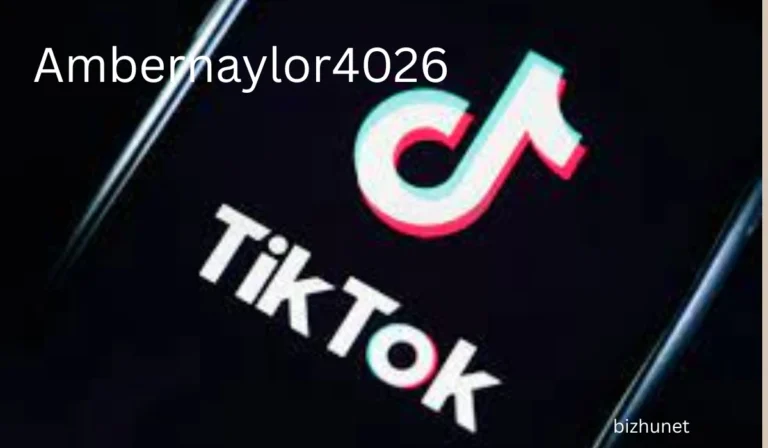Bridging Traditional and Digital PR: Modern Media Strategies That Work
The way people get their news has changed. Years ago, public relations was all about press releases, TV interviews, and newspaper stories. Now, audiences scroll through social media, watch short videos, and get updates on their phones. That shift has transformed how PR professionals tell stories.
But while the tools have changed, the goal hasn’t. PR is still about building trust and getting your message in front of the right audience. What’s different is how that happens. Today, the best PR strategies mix traditional credibility with digital speed and reach.
This article explains how to blend old-school and modern tactics to create a strategy that works today.
1. Evolving Media Outreach: Where Old Meets New
Traditional PR relied on newspapers, TV, and radio to share stories. Journalists, editors, and producers decided what made it to the public. Those outlets are still powerful because they build trust and authority.
Digital PR expanded the field by adding blogs, podcasts, online magazines, and social media platforms. Today, brands no longer wait for traditional gatekeepers. They can publish their own stories, reach audiences directly, and engage in real time.
The most effective media outreach blends both approaches. For example, a satellite media tour connects traditional and digital PR by allowing a brand spokesperson to appear on multiple TV and radio shows across different markets, while clips from those interviews are shared on websites and social platforms. It’s a great way to extend the life and reach of a campaign beyond a single broadcast.
By using both traditional credibility and digital engagement, brands can create a seamless strategy that feels consistent, timely, and relevant to audiences everywhere.
2. Building Relationships That Matter
Good PR has always been about relationships. In the past, that meant knowing which reporters covered your industry and sending them relevant stories. While that’s still important, relationship-building today also happens online.
PR professionals now connect with journalists, influencers, and content creators through social media and professional platforms like LinkedIn. They share updates, comment on posts, and start genuine conversations before pitching a story.
This personal approach makes a big difference. Journalists and influencers are more likely to cover brands that engage with their content instead of only reaching out when they need coverage.
Brands can also build stronger relationships with their audiences. Responding to comments, answering questions, and sharing user-generated content show authenticity. When people feel heard, they’re more likely to become advocates for the brand.
3. Storytelling That Connects Across Platforms
At the heart of every successful PR strategy is a great story. Whether it’s a press release, video, or tweet, your message should be consistent and easy to understand.
Traditional PR focused on delivering a polished, formal story. Digital PR, on the other hand, thrives on authenticity and engagement. When you blend both, you create content that feels both credible and relatable.
Start by identifying what makes your story meaningful. What problem does it solve? Why should people care? Once you know that, adapt the story to fit different platforms. A detailed press release might become a short video or a series of social posts.
For example, a company announcement could start as a media pitch, then turn into a podcast episode, and later a blog recap. Each format reaches a different audience, but all carry the same core message.
4. Using Data and Analytics to Guide PR Strategy
In the past, PR teams measured success by how many articles or mentions they got. Today, data gives a clearer picture of what’s actually working.
Digital tools can show how many people read your content, where they came from, and what they did next. Analytics platforms track engagement, clicks, and audience behavior. These numbers help PR professionals understand which messages resonate and which need improvement.
Traditional PR can also benefit from this data. For example, if a story performs well online, it might be worth pitching to a bigger publication or TV outlet. Data helps shape decisions, making campaigns more efficient and targeted.
The best PR teams use a mix of traditional and digital metrics. They look at both media coverage and online engagement. When these insights work together, brands get a complete view of their reach and impact.
5. Integrating Social Media and Influencers
Social media changed how people interact with brands. It gave audiences a voice and created endless opportunities for conversation. That’s why social media is now a key part of every PR strategy.
Traditional PR might start the story, but digital PR keeps it alive. A press release can become a social post, an interview can turn into a video clip, and a brand story can spread through influencer collaborations.
Influencers are today’s storytellers. They bring a personal touch that audiences trust. Partnering with the right influencers can extend your message beyond news outlets and into everyday conversations.
Social media also gives PR teams real-time feedback. You can see how people respond, adjust your message quickly, and even join trending conversations. This level of agility wasn’t possible with traditional media alone.
6. Creating an Agile PR Strategy
PR moves fast, and news cycles change in hours, not days. That’s why modern strategies must be agile. Teams need to react quickly to trends, events, and feedback.
An agile PR strategy blends long-term planning with quick adaptability. It means having a clear brand message but being ready to change the format or tone when needed.
For example, if a campaign gains unexpected traction on social media, you can build on that momentum with more content or interviews. If feedback points out confusion, you can clarify your message right away. Traditional PR campaigns often followed a strict plan, but today’s digital world rewards flexibility. Brands that respond fast to opportunities stay relevant and visible.
The future of PR isn’t about choosing one side. It’s about understanding how both approaches complement each other. Modern PR is personal, data-informed, and fast-moving. It’s built on real relationships and honest storytelling.
When brands use these strategies, they don’t just get coverage — they build lasting connections. PR is no longer about old or new. It’s about smart communication that reaches people wherever they are and keeps them listening.





